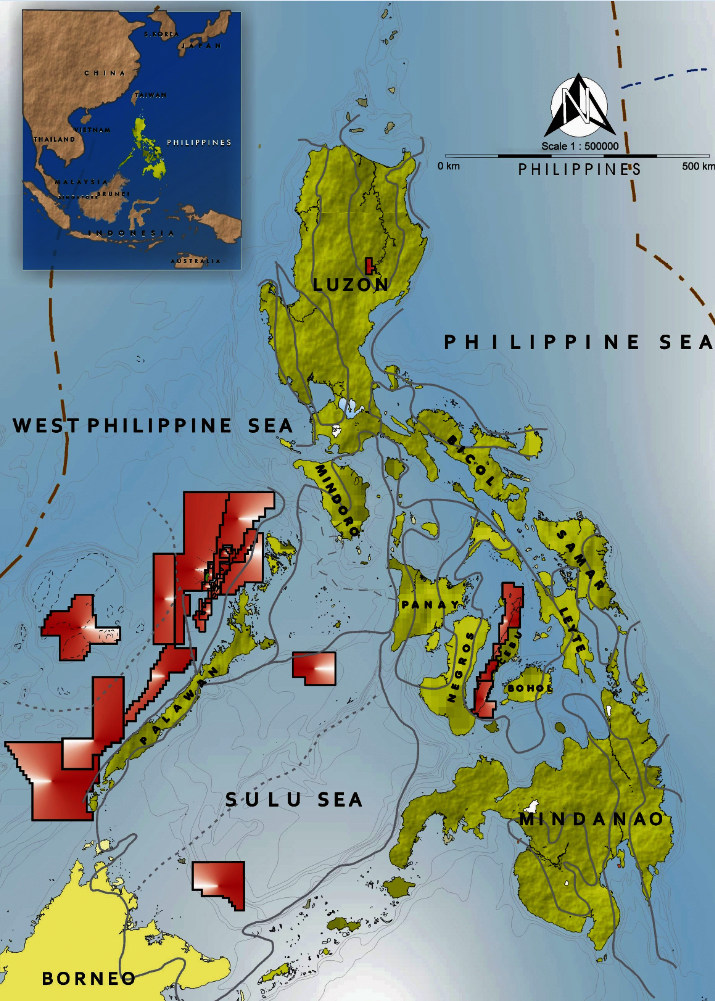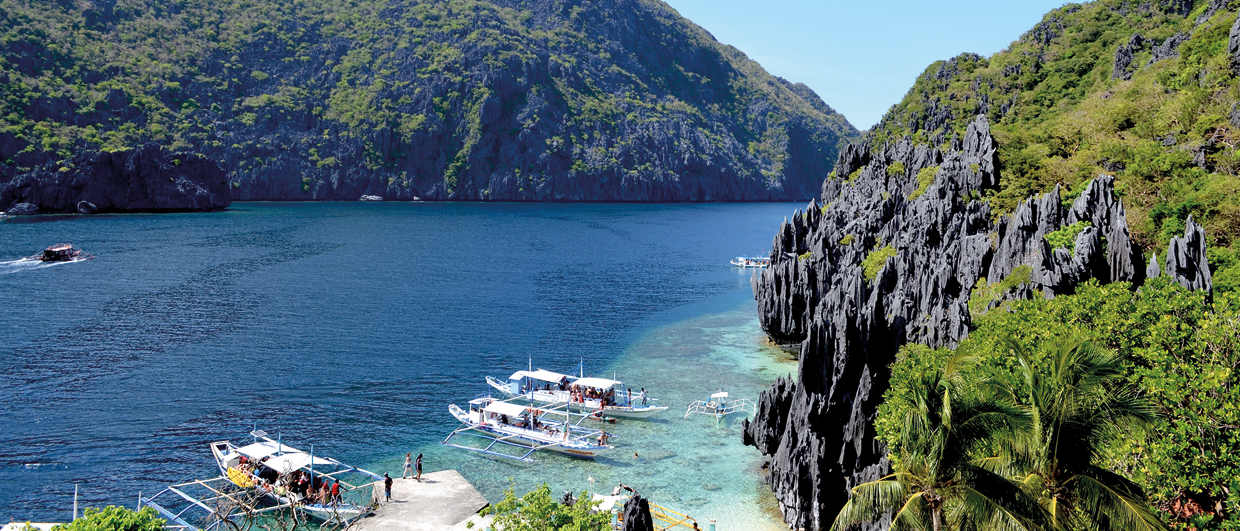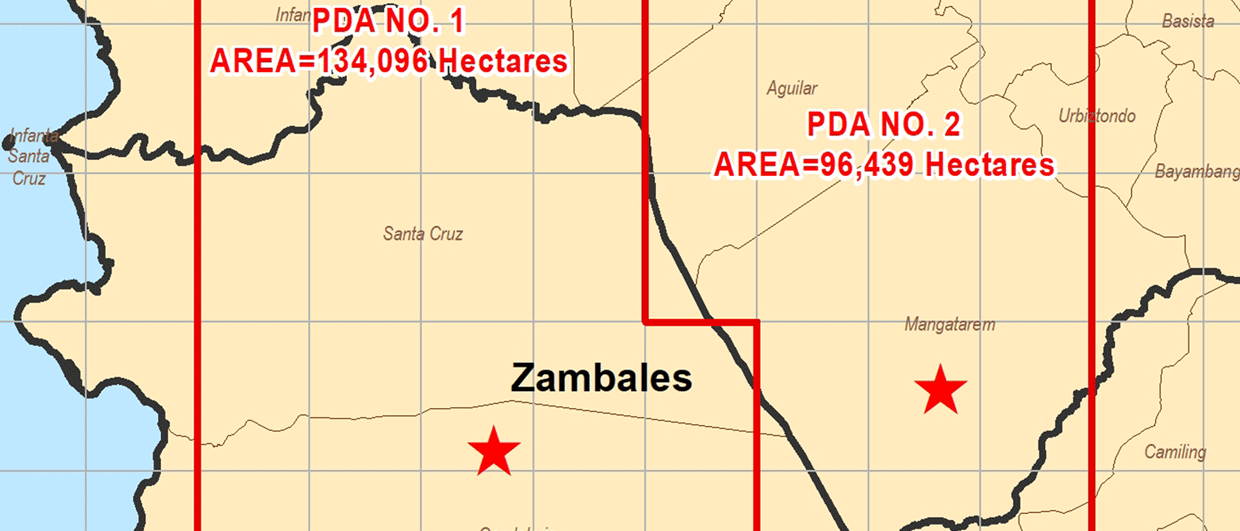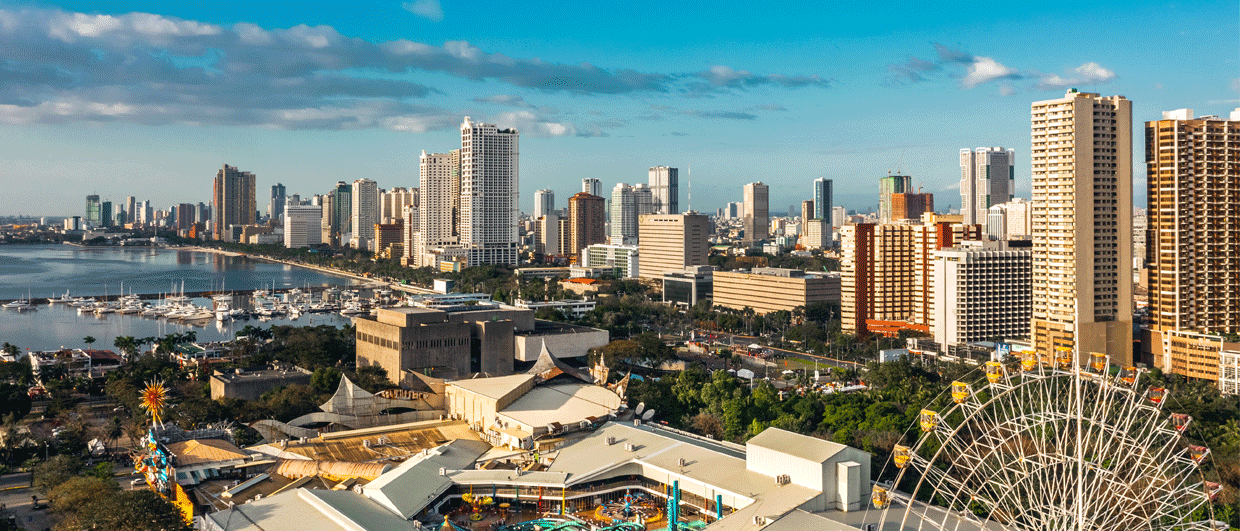Although the Philippines remains very much underexplored, working petroleum systems, proven hydrocarbon accumulations and an energy hungry economy suggest a promising future for oil and gas exploration and production in the region.
The Philippines is an archipelagic country located in South East Asia, lying between Taiwan to the north and Borneo to the south. Sited at the crossroads of the eastern and western business worlds, it is a critical entry point to over 500 million people in the Association of Southeast Asian Nations market and a gateway for international shipping and air lanes servicing European and American businesses. Comprised of 7,107 islands covering a land area of around 300,000 km2, the Philippines is generally categorised into three main geographical divisions, namely: Luzon in the north, Visayas in the centre and west, and Mindanao in the south-east.

The Philippines is known for its rich natural resources and an even richer history, both in terms of geology and civilisation. The coral reefs are no stranger to the Philippines, as the country houses rich marine biodiversity habitats. Many of these may date back to the formation of the islands, as shown by the reef build-ups that commonly serve as either source or reservoir rocks in the country’s petroleum systems. Other limestone structures that have captured the attention of both local and foreign tourists can be seen in the Puerto Princesa Subterranean River National Park in the Saint Paul Mountain Range in the north-western part of the island of Palawan, including the Puerto Princesa Subterranean River, an 8.2-km-long underground section of the Cabayugan River. Another attraction is the Masungi Limestone Reserve, a National Geologic Monument about 20 km east of the capital, Manila, on the large northern island of Luzon, which features rugged limestone karst landscape with steep slopes, and caves.
However, limestone is not everything as far as the Philippine’s geological history is concerned. The ‘mainland’ of the Philippines is a product of volcanism and accretion, and “can be used as an analogue to better understand inactive and accreted island arcs” (Morrison, 2014). Since most of the volcanic rocks in the country are of andesitic to mafic composition, they are very much susceptible to weathering. This, together with violent volcanic episodes that have produced layers of tuff , gave rise to thick sedimentary deposits, both onshore and offshore.
Exploration History of The Philippines
In terms of petroleum exploration, the Philippines is still very much underexplored. Roughly only 10% of the country’s territory has viable data in relation to petroleum exploration, with the data heavily concentrated in the offshore western side of Palawan and onshore Cebu.
Petroleum exploration in the Philippines dates back to 1896 when the Toledo-1 well was drilled in Cebu Island by Smith and Bell, obtaining small but uncommercial production. There was also some drilling pre-1938 on the Bondoc Peninsula on Luzon, with some evidence of oil and gas, but again not considered to be in commercial quantities. There were also some early investigations near seeps on the island of Mindanao.
Widespread exploration activities were carried out from the 1950s to 1970s, by which time exploration was governed by the Petroleum Act of 1949, which introduced the concession system. This was replaced by a revised contract system in 1973, which was particularly favourable to offshore exploration, so activities shifted to marine areas like the Northwest Palawan Shelf, where the first f eld, Nido, was discovered in 1977. Having started production in 1979, by the time it ceased in 2019 it had produced over 18 MMbo.
Exploration moved into deeper waters off western Palawan in the 1980s, with several relatively large fields being discovered, including the West Linapacan Field in 1990. Also in 1990, Shell discovered the Malampaya field, 80 km off shore north-west Palawan in 820m of water, which became, by far, the largest gas discovery in the country.
The Malampaya project off shore Palawan provides 20% of the Philippines’ total electricity requirements. © Photographic Services, Shell International Limited.
At the start of 2020, there were only three active petroleum-producing fields in the Philippines, namely: Malampaya (gas and condensate) and Galoc (oil) off shore north-west Palawan and Alegria (oil) onshore Cebu. Two oil fields were decommissioned in 2019. These were Nido, as mentioned previously, and Matinloc, also on the Northwest Palawan Shelf.
Frontier Hydrocarbon Exploration in The Philippines
The Province of Palawan experiences rotational power outages despite being near to active petroleum-producing fields such as Malampaya. This is due to the fact that there are no power plants in the island province that can use natural gas as fuel, so the gas from Malampaya is sent over 500 km to the power plants in Batangas, south of Manila, and is used for power generation in mainland Luzon. Other oil-producing fields in the Palawan Basin also contain gas but this is usually flared since there are no eligible customers in Palawan.
An example of an underexplored onshore area: open blocks 8 and 9 in the northern Agusan-Davao Basin in Mindanao cover an area of 12,360 km2, but as can be seen from the map, the seismic coverage (red lines) is very limited and to date only two wells have been drilled, one of which had gas shows. © Philippines Department of Energy.
However, there are Petroleum Service Contracts (PSCs) still in operation near Palawan with pending or ongoing exploration activities which might be able to find and produce natural gas. Is this all a sad irony – or a missed opportunity?
Onshore petroleum exploration has not been gaining the same traction as that of its offshore counterpart, which is mainly due to the unique geology of the Philippines, featuring both large-scale and small-scale faults. Oil production in the island of Cebu, part of the Visayas group of islands in the centre of the Philippines, has faced difficulty because of this. The San Antonio gas field in northern Luzon, discovered in 1994, until recently supplied gas to a small local area and there are areas in Luzon that are still underexplored.
Similarly, the island of Mindanao could be considered underexplored although petroleum accumulations have been found in some parts of these islands. For example, very little is known about the underexplored Agusan-Davao Basin in eastern Mindanao, where a dry well but with gas shows was drilled in the area (Tuganay-1), supporting the idea that there is still an accumulation of petroleum in the area. In addition, in the south-western part of the main island of Mindanao is the Cotabato Basin, a gas-rich area which has not been thoroughly explored for geopolitical reasons.
Huge Hydrocarbon Potential Offshore The Philippines
Though various PSCs are already operating in the north-west Palawan area, it is thought that there still remain vast accumulations of petroleum in the region, including, for example, the Camago-Malampaya Oil Leg (CMOL) and the Cadlao discovery. CMOL was discovered in 1991 during the drilling of Malampaya-1 but was relinquished by the Malampaya consortium since it was considered to be sub-commercial. Although a contract to develop the area was awarded in 2006, it was cancelled in 2011, mainly due to non-compliance by the operator to the provisions of the work commitments. The Philippines Department of Energy (DoE) is currently trying to find new options for exploring the oil-rich structure, which is believed to contain an estimated reserve of around 27 MMbo.
The Cadlao discovery, on the other hand, started producing in 1981 as the first-ever subsea well and FPSO development project and produced about 10 MMbo. However, it is still thought viable for redevelopment given the advancements in technology the world has seen since it came on production.
The geological basins of the southern Philippines. The most prospective basins are shown in green, those considered prospective but underexplored – such as the Sulu Sea – are in yellow, while frontier areas are shown in red. © Philippines Department of Energy.
Further offshore northwest Palawan is Recto Bank, also known as Reed Bank, a gas-rich area with hypothetical (mapped) resources of at least 600 Bcf of gas. It is thought there are more resources in this area and three new applications for PSCs have been received by the DoE as of March 2020, in addition to the already existing Service Contract in the area, SC72, which lies about 200 km west of Palawan. However, the main focus of upcoming exploration in the country is expected to be the large sea area lying between Palawan, Mindanao and Western Visayas. This region consists of two sedimentary basins, the East Palawan Basin and the Sulu Sea Basin. Only two PSCs are currently operating in the area, SC56 and SC76, operated by Total E&P and Ratio Petroleum Ltd respectively.
The East Palawan Basin is thought to be a fore-arc basin, formed when Palawan and its surrounding basins rifted and separated from southern China during the opening of the South China Sea in the Oligocene and Early Miocene. Only five wells have been drilled in the basin, one of which had shows, but it is thought that it should have similar plays to those found in the producing basin west of Palawan, including anticlinal and stratigraphic structures and carbonate reef build-ups.
The Sulu Sea Basin, by contrast, is a delta superimposed on a back-arc basin where expected play types are carbonate reef build-ups, anticlines and fault blocks. The basin extends to the north-east portion of Sabah in Borneo where there have been gas discoveries, another indication of prospectivity. A resource estimation for the Philippine’s Sulu Sea area undertaken by DoE in 2002 suggests that for the Sulu Sea Basin, the hypothetical (mapped) resources are estimated at 109 MMboe, while for the East Palawan basin, the figure is 166 MMboe.
Energy Hungry Economy in The Philippines
The demand for energy in the Philippines is ever-increasing with the thrust of many business sectors to automation and paperless transactions. The continuing emergence of business process outsourcing companies and electronic portals for learning and government processes, for example, require a constant source of electricity. The current administration’s policy, dubbed, “Build, Build, Build” will also require energy in various forms to implement, from fuel to electricity. Unfortunately, the Philippines remains vulnerable to changes in world market prices of petroleum products, as roughly half of its energy needs come from imported fuels. A downturn in exploration activities does not help the cause, as the Philippines only averaged three wells drilled per year for the period of 2013–2018.
Lake Seloton, in South Cotabato on the island of Mindanao, is dotted with fish pens and lotus flowers which only blossom early in the morning. © Ronald De Jong/Dreamstime.com
© Sinéad Archer.
The policy of the Department of Energy is to “Explore, Explore, Explore”, trying to make the Petroleum Service Contracts system easier while still heavily penalising operators that fail to deliver their work commitments without valid and uncontrollable impediments. To this end, new laws and regulations have been put in place to expedite petroleum exploration (and other business transactions, as may be applicable), such as the Philippine Conventional Energy Contracting Program, the creation of the Energy Investment Coordinating Council and the Ease of Doing Business Act of 2018 (RA 11032).
The first round of applications for petroleum exploration blocks closed in August 2019, but the Philippines, through the DoE, still accepts applications through nomination of specific areas of interest at any time of the year. Submissions under this application mode shall be subject to a 60-day challenge period and are treated independently of other applications. For more information, please visit the Philippine Conventional Energy Contracting Program microsite: https://www.doe.gov.ph/pcecp.



